Description
What is Blockchain
A blockchain is a continuously growing list of records, called blocks, which are linked and secured using cryptography. Each block typically contains a cryptographic hash of the previous block, a timestamp and transaction data. By design, a blockchain is inherently resistant to modification of the data. It is “an open, distributed ledger that can record transactions between two parties efficiently and in a verifiable and permanent way”. For use as a distributed ledger, a blockchain is typically managed by a peer-to-peer network collectively adhering to a protocol for inter-node communication and validating new blocks. Once recorded, the data in any given block cannot be altered retroactively without the alteration of all subsequent blocks, which requires collusion of the network majority.
Introduction
Distributed Systems
The history of blockchain
Introduction
Peer-to-peer
How Blockchain Works
How Blockchain accumulates blocks
Features of a Blockchain
CAP theorem and blockchain
Benefits and limitations of blockchain
Deep Dive into Blockchain
Ansible Introduction
Hash Functions
Structure of a Block
Block Header
Block Identifiers: Block Header Hash and Block Height
The Genesis Block
Linking Blocks in the Blockchain
Forks
Merkle Trees
Merkle Trees and Simplified Payment Verification (SPV)
Patricia trees
Distributed Hash Table
Time-Stamp
Scalability
Blockchains implementation
Types of blockchains
Distributed Ledgers
Public Blockchains
Private Blockchains
Shared ledger
Tokenized Blockchains
Tokenless Blockchains
Bitcoin
What is Bitcoin
History of Bitcoin
Bitcoin Uses and Users
How to buy Bitcoin
Check Bitcoin Balance
Explanation of Bitcoin Addresses
Sending and Receiving Bitcoins
Private keys and Wallets
Transactions and confirmation
Transaction Chains
Common Transaction Forms
Comparing Bitcoin Wallets
Bitcoin Scripting Language
Bitcoin Networks
Peer-to-Peer Network Architecture
Node Types and Roles
The Extended Bitcoin Network
Bitcoin Relay Networks
Network Discovery
Full Nodes
Exchanging “Inventory”
Simplified Payment Verification (SPV) Nodes
Bloom Filters
How Bloom Filters Work
How SPV Nodes Use Bloom Filters
SPV Nodes and Privacy
Encrypted and Authenticated Connections
Tor Transport
Peer-to-Peer Authentication and Encryption
Transaction Pools
Ethereum
Overview of Ethereum
Ethereum accounts
Transactions
Consensus
Timestamp
Nonce
Block time
Forking
Ether denominations
Ethereum virtual machine
Gas
Peer discovery
Whisper and Swarm
Ethereum Wallet
Mist
Ethereum development environment
Test networks
Setting up a private network
Starting up a private network
Running Mist on private net
Deploying contracts using Mist
Block explorer for private net / local Ethereum block explorer
Installation of Solidity compiler (solc)
Integrated Development Environments (IDEs)
Introduction to Solidity Language
Value types
Literals
Enums
Function types
Reference types
Arrays
Structs
Data location
Mappings
Global variables
Control structures
Events
Inheritance
Libraries
Functions
Layout of a Solidity source code file
Hyperledger
Introduction to Hyperledger
Hyperledger as Protocol
Hyperledger Architecture
Consensus Service
Membership Service
Hyperledger Fabric
Distributed Ledger
Consensus in Hyperledger Fabric
Transaction lifecycle in Hyperledger Fabric
Applications
Wallet
Wallet Technology Overview
Nondeterministic (Random) Wallets
Deterministic (Seeded) Wallets
HD Wallet
Seeds and Mnemonic Codes
Wallet Best Practices
Using a Bitcoin Wallet
Wallet Technology Details
Mnemonic Code Words
Creating an HD Wallet from the Seed
Using an Extended Public Key on a Web Store
Transactions
Transactions in Detail
Transactions—Behind the Scenes
Transaction Outputs and Inputs
Transaction Fees
Adding Fees to Transactions
Transaction Scripts and Script Language
Turing Incompleteness
Stateless Verification
Script Construction (Lock + Unlock)
Pay-to-Public-Key-Hash (P2PKH)
Digital Signatures (ECDSA)
How Digital Signatures Work
Verifying the Signature
Signature Hash Types (SIGHASH)
Mining
Mining Technology
Pooled Mining
Cloud Mining
Pool Speed
Transaction Fees
Selfish Mining
Prerequisite
There is no prerequisite for learning Blockchain. However, prior understanding of distributed computing, encoding, digital signature, cryptography and some programming experience will be useful in becoming expert in Blockchain technology.
Duration & Timings :
Duration – 30 Hours.
Training Type: Online Live Interactive Session.
Faculty: Experienced.

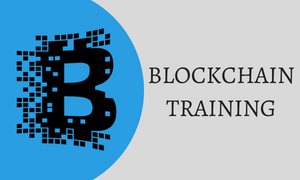
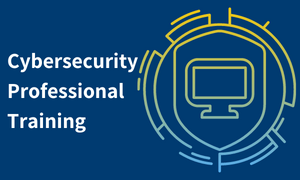
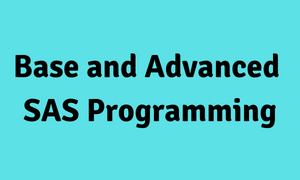
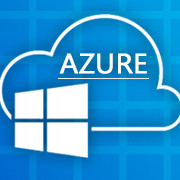

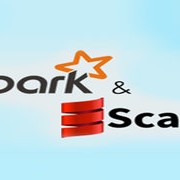
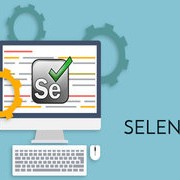
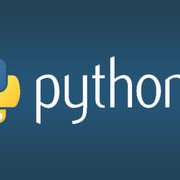
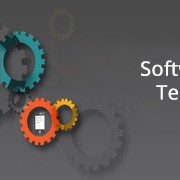
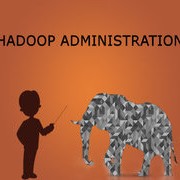
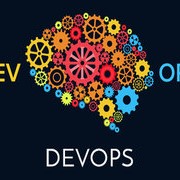

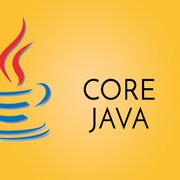

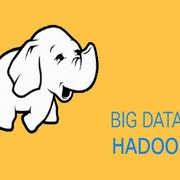
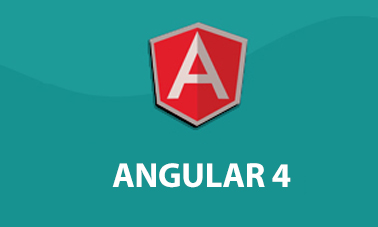

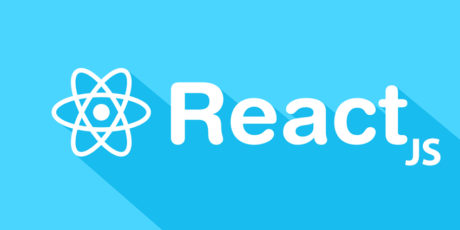
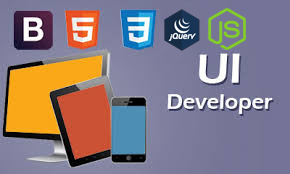

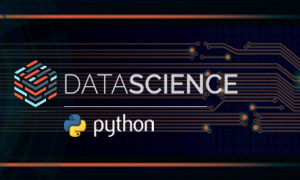

 +91 40 4018 1306
+91 40 4018 1306 +1 734 418 2465
+1 734 418 2465 info@learntek.org
info@learntek.org
Reviews
There are no reviews yet.